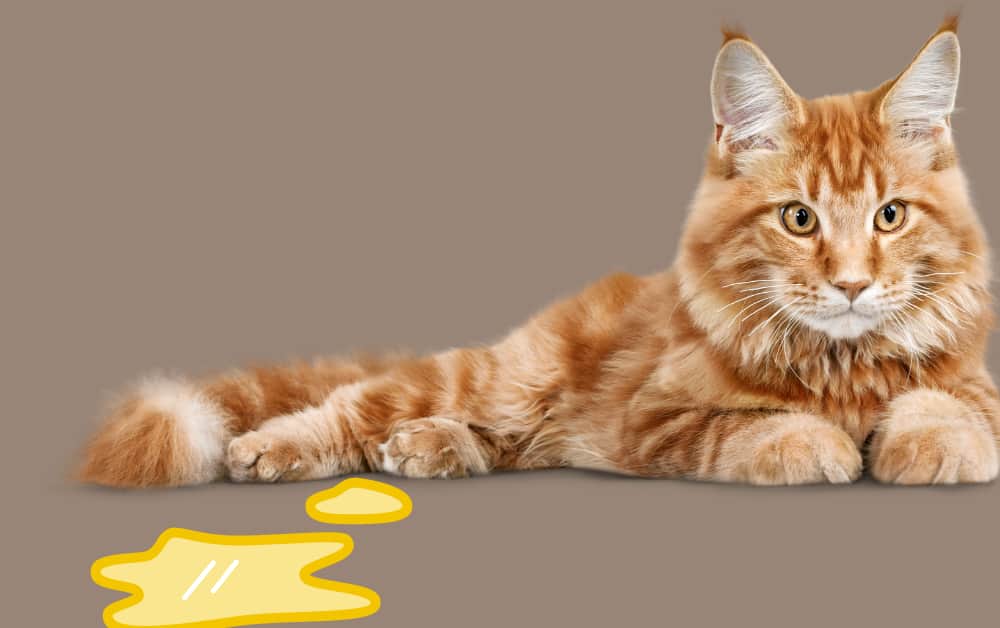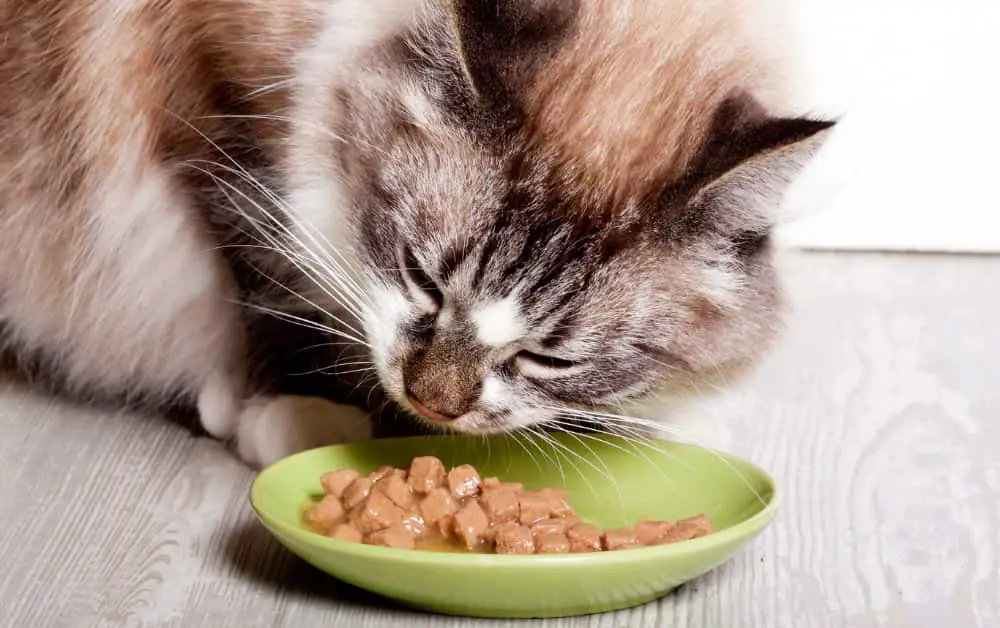When it comes to owning a cat, one of the essential aspects of responsible pet care is providing a suitable litter box for your furry friend. While commercial cat litters are widely available, some cat owners may wonder if natural alternatives, like dirt, can be used as a cost-effective and environmentally friendly option. So, can you use dirt as cat litter?
Key Takeaways:
- Yes, you can use Dirt as Cat Litter.
- Using dirt as cat litter does have some potential advantages. It is a natural and readily available material, which means it can be a cost-effective option.
- However, unlike commercial cat litter designed for maximum absorption, dirt may not be as effective at controlling odors.
Importance of a Suitable Cat Litter
Cat litter is crucial for managing your pet’s waste indoors. Cats are naturally clean animals, and a comfortable litter box encourages them to use it consistently.
A suitable litter should offer excellent absorption, odor control, and easy cleanup while being safe for your cat’s paws and respiratory health.
Can You Use Dirt as Cat Litter?
Yes, you can sometimes use dirt as cat litter, but it may not be the ideal option. Here are some considerations:
Clumping and Absorption: The primary function of cat litter is to clump and absorb moisture and odors. While some dirt might have natural absorption properties, it may not clump effectively like traditional cat litter made from clay, silica gel, or recycled paper.
Tracking and Mess: Dirt can be easily tracked around the house since it doesn’t have the same texture as commercial cat litter, designed to minimize tracking. This can lead to a messier living environment.
Odor Control: Good cat litters often have additives that help control odors effectively. There might be some natural odor control with dirt, but it may not be as efficient as specialized cat litter.
Health Concerns: If the dirt originates from an unknown or unsafe source, it may harbor harmful bacteria or parasites, posing a potential risk to your cat and yourself if you come into contact with it.
If you’re considering using dirt as cat litter due to cost or environmental concerns, there are some alternatives you can explore:
Natural and Biodegradable Litters: Some cat litter is made from natural and biodegradable materials like pine, wheat, corn, or recycled paper. These can be environmentally friendly and still offer decent clumping and odor control.
Wood Pellets: Wood pellets, typically made from sawdust, are another eco-friendly option that clumps and absorbs moisture.
DIY Newspaper or Cardboard Litter: You can create your cat litter using shredded newspaper or cardboard. While it may not clump as effectively as commercial litter, it’s a cost-effective and biodegradable option.
Pros of Using Dirt as Cat Litter
Using dirt as cat litter does have some potential advantages. It is a natural and readily available material, which means it can be a cost-effective option. Moreover, some cats may prefer the dirt texture, as it closely resembles the soft, natural ground feel. Additionally, dirt is biodegradable, reducing its environmental impact.
Cons of Using Dirt as Cat Litter
While dirt may have its benefits, there are several drawbacks to consider. Unlike commercial cat litter designed for maximum absorption, dirt may not be as effective at controlling odors. It can also get tracked around the house more easily, creating a mess.
Dirt may contain harmful pathogens or parasites that can be transmitted to humans and cats alike.
Health and Safety Concerns
The health and safety of your cat are of utmost importance. Using dirt as cat litter may expose your feline friend to potential dangers. For instance, certain types of soil can contain harmful toxins or chemicals when ingested or inhaled. Moreover, the lack of dust control in dirt may lead to respiratory issues in both cats and their owners.
Natural Alternatives to Commercial Cat Litter
Several options are safe and effective if you’re looking for a more natural litter alternative. Wood shavings from untreated, non-toxic wood can be an excellent choice, offering good absorption and odor control. Corn-based litters are biodegradable and have excellent clumping properties.
Recycled paper pellets are another eco-friendly alternative, providing good absorption and are virtually dust-free.
The Best Choice: Bentonite Clay Cat Litter
For cat owners seeking the best of both worlds – a natural, effective, and safe cat litter – bentonite clay litter fits the bill perfectly. This type of litter is derived from volcanic ash and forms tight clumps when exposed to moisture. It offers superior odor control and minimal dust and is easy to scoop. Bentonite clay is also free from harmful chemicals, making it safe for cats and their owners.
How to Transition Your Cat to a New Litter.
Switching from one type of litter to another requires gradual transitioning to ensure your cat adapts comfortably. Mix a small amount of the new litter into the old one and gradually increase the proportion over a few days. Observe your cat’s behavior and adjust to ease the transition process.
Tips for Maintaining a Clean Litter Box
Regardless of the litter you choose, maintaining a clean litter box is essential for your cat’s hygiene and comfort. Scoop waste daily, completely change the litter, and clean the box every 1-2 weeks. Cats appreciate a clean, fresh environment, and this practice will reduce the chances of litter box aversion.
Environmental Impact of Cat Litter
Considering the environmental impact of cat litter is crucial. If you opt for commercial litter, choose those made from sustainable and biodegradable materials. Additionally, ensure proper disposal by following local waste management guidelines.
You May Also Like To Read:
Conclusion
While using dirt as cat litter may seem natural and cost-effective, it has significant drawbacks that can compromise your cat’s health and hygiene. Instead, opt for safer, more effective alternatives such as bentonite clay, wood shavings, or corn-based litter.
These options provide excellent absorption and odor control and are more environmentally friendly. By prioritizing your cat’s well-being and using a suitable cat litter, you can ensure a clean and comfortable living environment for your feline friend and yourself.










